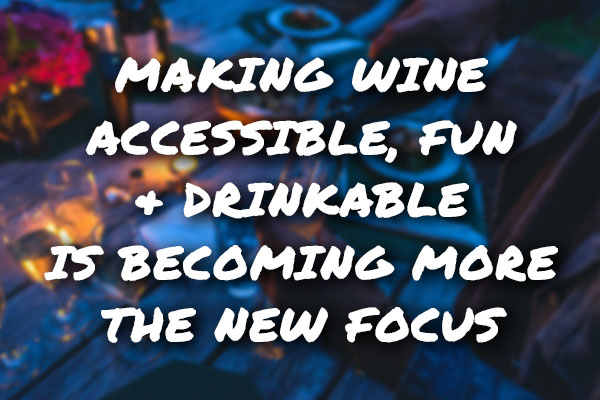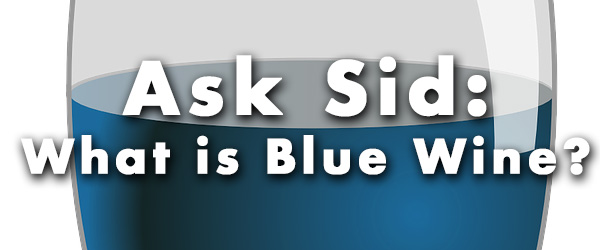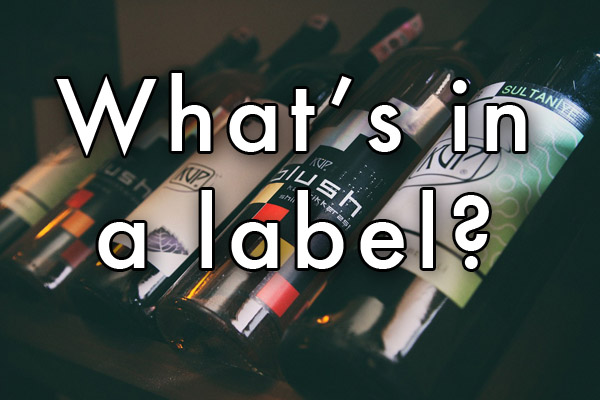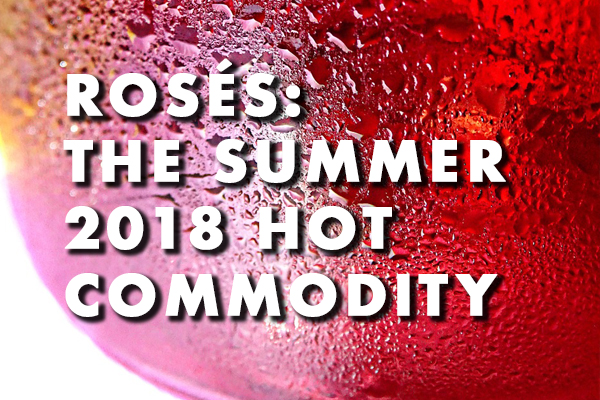
Last week on April 18 in Vancouver was the annual Spring Release Tasting “Bloom” by BC VQA at the Convention Centre. A rare opportunity to learn from just under 100 BC wineries each serving 4 wines- many with new whites from the 2018 vintage. 2018 was cooler than the 5 year average (including extensive smoke cover from wildfires in August blocking sunlight) resulting in some fresh lovely elegant crisp fruity whites with lower alcohol levels. Impressed by the overall presentation with the fun buzz in the room and so many being accessible and easy drinking new wines. In the old days we always were looking most for structure and balance in the wines with age ability but now accessible drinkability has become a most important factor for the younger demographics. Almost anything goes from new grape varieties, unique blends, eye catching labels, fruit bombs and wines with more residual sugar. This was driven home to me by comparing two excellent 2018 pinot gris wines with similar stats of about 13 alcohol, 3.2-3.3 pH, and just over 7 total acidity from the Quill label of Blue Grouse in the Cowichan Valley on Vancouver Island and Spearhead from South East Kelowna in the Okanagan Valley. There were of course differences in regional style from the fresh lively no malo Quill one to the richer textured lees & minerals of the Spearhead. However the main obvious difference for this scribe was the residual sugar levels with Quill at 1.7 g/l (perfect with seafood) while Spearhead was higher at 6 (what a delicious drinkable glass of white wine!). Talented winemakers Bailey Williamson of Blue Grouse & Grant Stanley of Spearhead were not looking for specific residual sugar levels but conscientiously seeking to get the very best out the grapes that nature dealt them in 2018. Both are well done indeed. However it spurred in me the reaction of noting the changing emphasis of diverse wines preferred by the present consumer. Planned to write this Blog about it but read this past weekend a wonderful feature in a similar vein well written by Jon Bonne in the Washington Post that I highly recommend to you instead. It states “changes pushed wine toward the lighter and fresher” and “to make wine fun, and accessible”. Check it all out here.
You might also like:
 |
 |
 |
